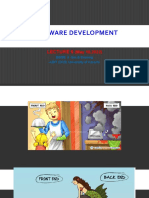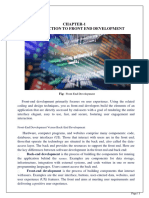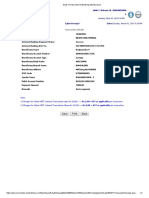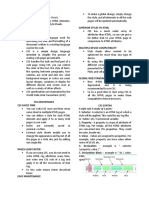0% found this document useful (0 votes)
17 views4 pagesFront and Backend (Fullstack)
The document outlines essential skills and technologies for front-end and back-end development, including core technologies like HTML, CSS, JavaScript, and frameworks such as React, Angular, and Node.js. It emphasizes the importance of understanding responsive design, REST APIs, and database interactions for recruiters. Key concepts for both front-end and back-end roles are summarized, providing a guide for assessing candidates' knowledge and expertise.
Uploaded by
aravindgb11Copyright
© © All Rights Reserved
We take content rights seriously. If you suspect this is your content, claim it here.
Available Formats
Download as PDF, TXT or read online on Scribd
0% found this document useful (0 votes)
17 views4 pagesFront and Backend (Fullstack)
The document outlines essential skills and technologies for front-end and back-end development, including core technologies like HTML, CSS, JavaScript, and frameworks such as React, Angular, and Node.js. It emphasizes the importance of understanding responsive design, REST APIs, and database interactions for recruiters. Key concepts for both front-end and back-end roles are summarized, providing a guide for assessing candidates' knowledge and expertise.
Uploaded by
aravindgb11Copyright
© © All Rights Reserved
We take content rights seriously. If you suspect this is your content, claim it here.
Available Formats
Download as PDF, TXT or read online on Scribd
/ 4

































































































